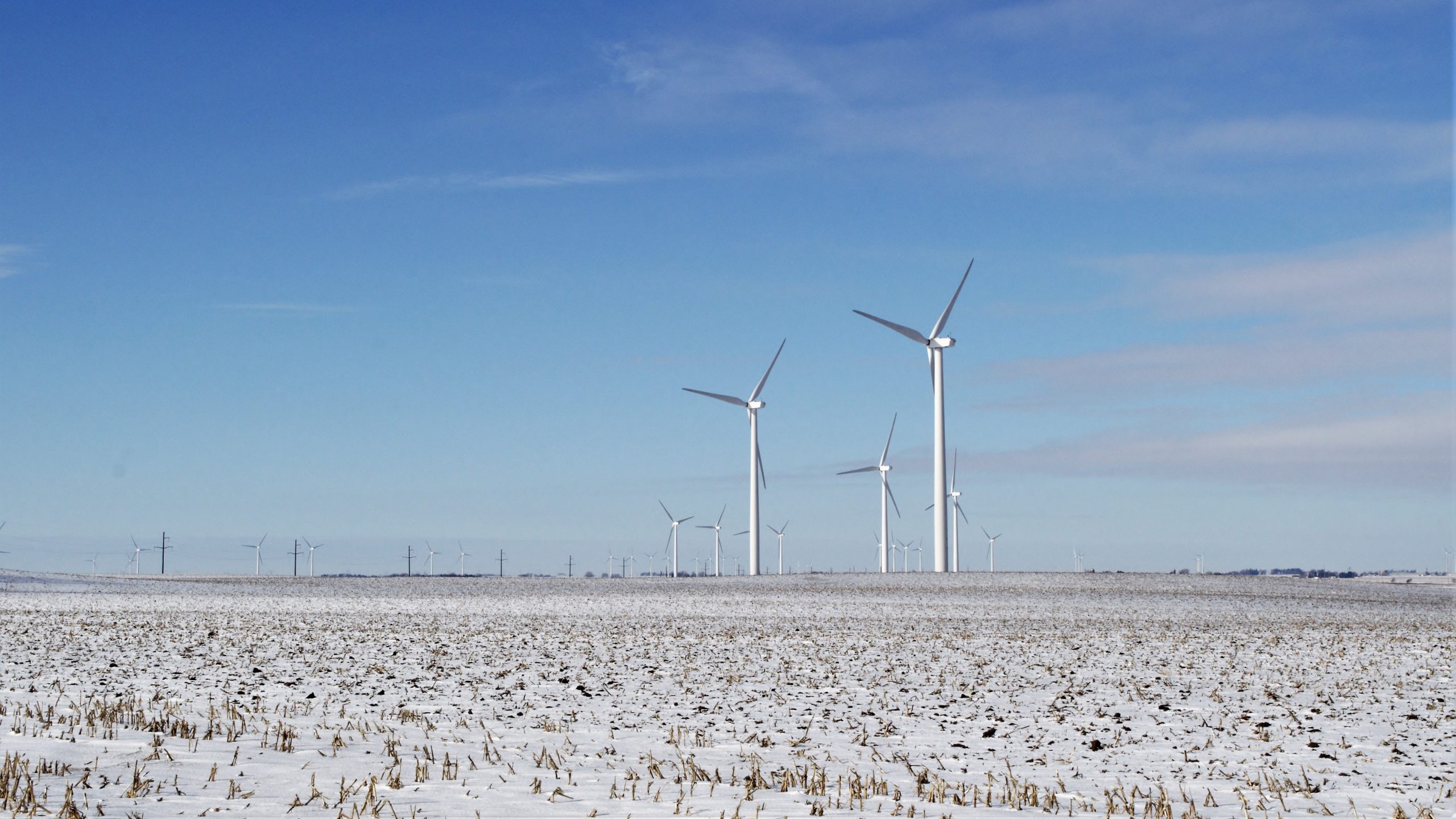Last December, a severe winter storm plunged the Southeast into record-breaking cold.
Energy demand surged as people cranked up the heat. And at some natural gas plants, equipment froze, limiting power generation.
“And so you had a double whammy where you had more power demand than what was anticipated, and you had less power supply than what these utilities had planned for,” says Simon Mahan of the Southern Renewable Energy Association.
He says during the storm, some utilities ordered rolling blackouts — temporary outages designed to relieve some of the burden on the grid.
And he says the crisis would have been even worse if not for wind energy.
Areas of the Midwest were able to export excess wind power to affected areas. And Mahan says with a more robust electricity transmission system, more energy from farther north could have been used.
“They had excess wind energy generation,” he says. “But they didn’t have the transmission connected to us down here in the South in order to allow those electrons to flow.”
He says the incident underscored the need to invest in the country’s transmission system.
So when extreme weather strikes, energy generated in one region can get to where it’s needed most.
Reporting credit: Sarah Kennedy/ChavoBart Digital Media
Source link


